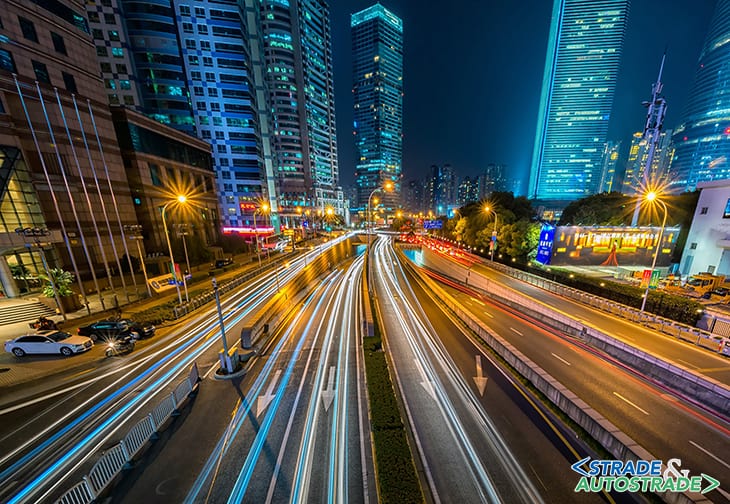![]() The road of the future – Per la versione in Italiano: https://www.stradeeautostrade.it/traffico-mobilita/la-strada-del-futuro-un-investimento-in-sicurezza/
The road of the future – Per la versione in Italiano: https://www.stradeeautostrade.it/traffico-mobilita/la-strada-del-futuro-un-investimento-in-sicurezza/
For background picture, photo credit: Peng Liu da Pexels
By 2050, thanks to the electrification of vehicles, the use of driverless cars and the spread of carsharing, it will be possible to reduce oil consumption in the United States by 50% and carbon dioxide emissions by 75%, while preventing 5,500 premature deaths per year with an average saving of about 58 billion Dollars per year.
The simulations developed by the Researchers have shown that the reduction of emissions from passenger transport could prevent deaths for a figure between 2,300 and 8,100 victims per year in the “stars and stripes” nation in 2050.
Along with the preservation of climate and people, the study highlighted extremely positive repercussions on the economic level. As a matter of fact, the economic benefits associated with smart mobility could range from 24 billion Dollars to 84 billion Dollars per year.
The study concludes by calling on policymakers to encourage the transition to smart mobility, for example by issuing more severe fuel economy standards, creating financial incentives for shared mobility, and investing in charging infrastructure and technology development in the sector.
European Commissioner for Transport Adina Ioana Vălean compared the transport system to the backbone that connects european citizens and businesses. Transport in Europe employs more than 10 million people and is worth about 5% of european GDP.
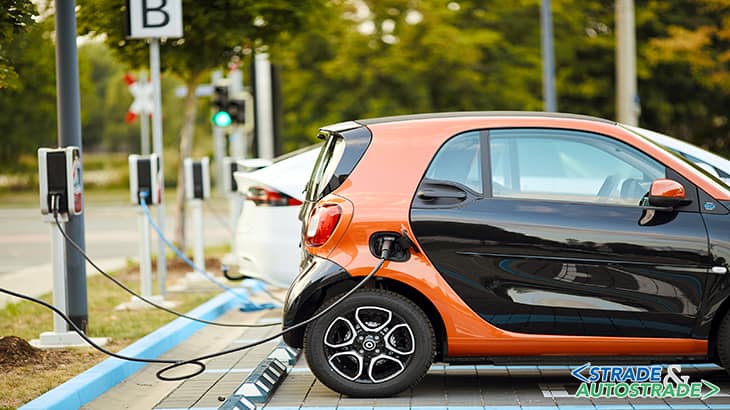
At the same time, transport is not without its social costs: nowadays, pollutant emissions caused by transport account for about a quarter of Europe’s total greenhouse gas emissions. Moreover, every year more than 25,000 people die on Europe’s roads.
The most accredited scientific research claims that pollutant emissions from transport contribute, along with others, to alter the climate causing extreme phenomena. Climate change will affect transport infrastructures through several events:
- the increase in temperature, which leads to a greater vulnerability of road (asphalt) and rail (tracks) infrastructures due to the increasing frequency of hot days;
- the variation in rainfalls, which negatively affects the stability of soils and consequently of road and rail infrastructures located in unstable contexts and which leads to the risk of flooding of underground infrastructures;
- the variation in sea level, which poses risks to road and rail infrastructures located on coasts and harbors;
- floods, which have impacts on transport infrastructures located near waterways.
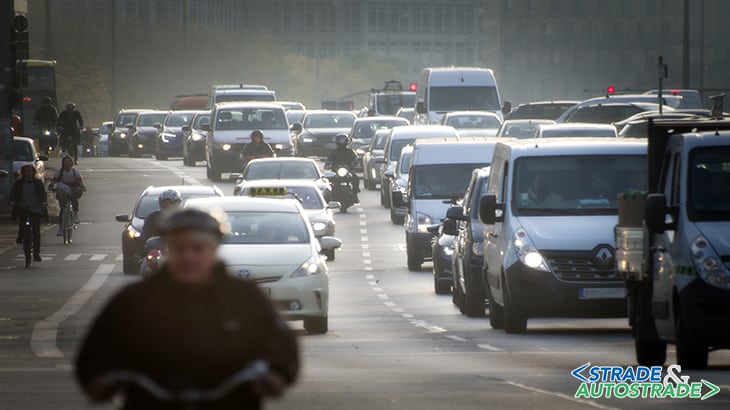
Making our roads “green”
How to strengthen our infrastructures by making them more resilient to extreme and increasingly frequent climate phenomena?
How to avoid all those accidents to people related to climate phenomena? To prevent these damages, we need to make our roads green because the less pollution is produced by transport, the less the phenomena of climate change and damage to infrastructure and especially to people will occur.
That is why in its Sustainable and Smart Mobility Strategy, the European Commission states that it is aiming for a future of green roads, with at least 30 million zero-emission cars by 2030 and nearly all zero-emission cars by 2050. To achieve the goal of the resilient road, we must therefore invest in the green road, the sustainable and environmentally friendly road.
But the road of the future can only be green because it will also be digital. Digital technologies – says the European Commission – have the potential to revolutionize the way we move by making our mobility smarter, more efficient, and greener.
The first Italian Smart Road, the ANAS Smart Road inaugurated in Cortina, will be green. Each Smart Road will include a green island, a multi-technological location for the production and transformation of energy from renewable sources (photovoltaic, small wind), which will allow each segment of the infrastructure to be powered in a sustainable way, thanks also to an electrical distribution system that increases energy efficiency ensuring lower operating costs.
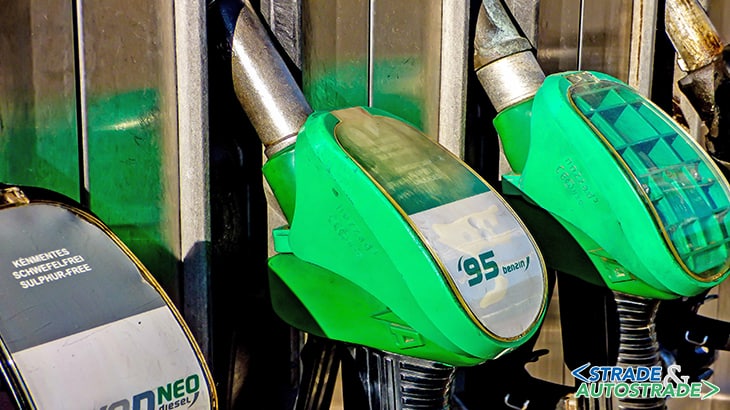
Green and totally electric will be the connected and automated car like the one made by VisLab that, self-driving and without driver intervention, has traveled 3,000 km on the ANAS section of the Sassari-Olbia road last fall.
In Europe we are working on an increasingly digital road. Roads are now classified on the basis of the levels of support that the infrastructure can give to autonomous driving.
They range from the lowest level, conventional infrastructure without digital information, to the medium level in which all dynamic and static information on the infrastructure is available in digital format, up to the highest level, defined as cooperative driving, in which the infrastructure itself is able to drive both the individual vehicle and groups of vehicles in order to optimize traffic flows.
This cooperative driving makes us think of the future road as a train track where the European Rail Traffic Management System is fully automated. The road of the future will therefore be green, smart, digital, and increasingly similar to a train track. Already today, in platooning tests on open roads, we see a truck with a driver in the lead and other driverless trucks following, connected only digitally to the lead truck, imitating its movements.
It is the same concept as the locomotive driving followed by the railroad cars. Tomorrow we will be able to see on our highways a series of vehicles all moving at the same speed, remotely activated by a connected control unit that regulates all the movements of the cars as in a remote controlled car track.
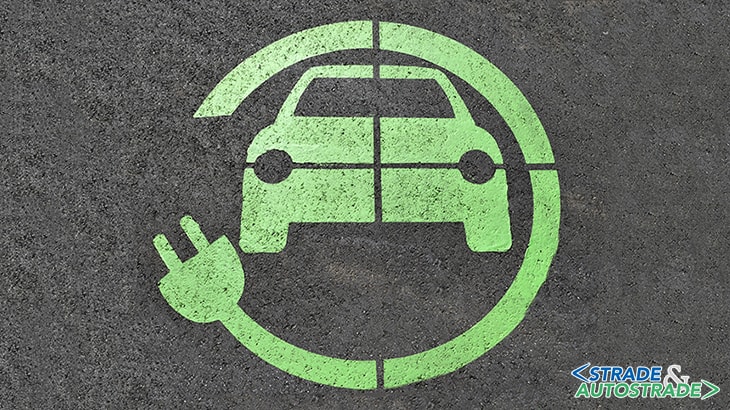
The new frontier of autonomous driving, which in many ways is already a reality, promises extraordinary results on the road to safety. As is well known, in the world, every year, about 1.2 million people lose their lives on the roads, while 50 million are injured or disabled.
There are about 25,000 deaths in Europe every year. The European Commission has calculated that 94% of accidents depend on factors related to driver behavior. A well programmed autonomous vehicle could avoid them, with extraordinary consequences for the protection of human life.
![]() Per la versione in Italiano: https://www.stradeeautostrade.it/traffico-mobilita/la-strada-del-futuro-un-investimento-in-sicurezza/
Per la versione in Italiano: https://www.stradeeautostrade.it/traffico-mobilita/la-strada-del-futuro-un-investimento-in-sicurezza/

